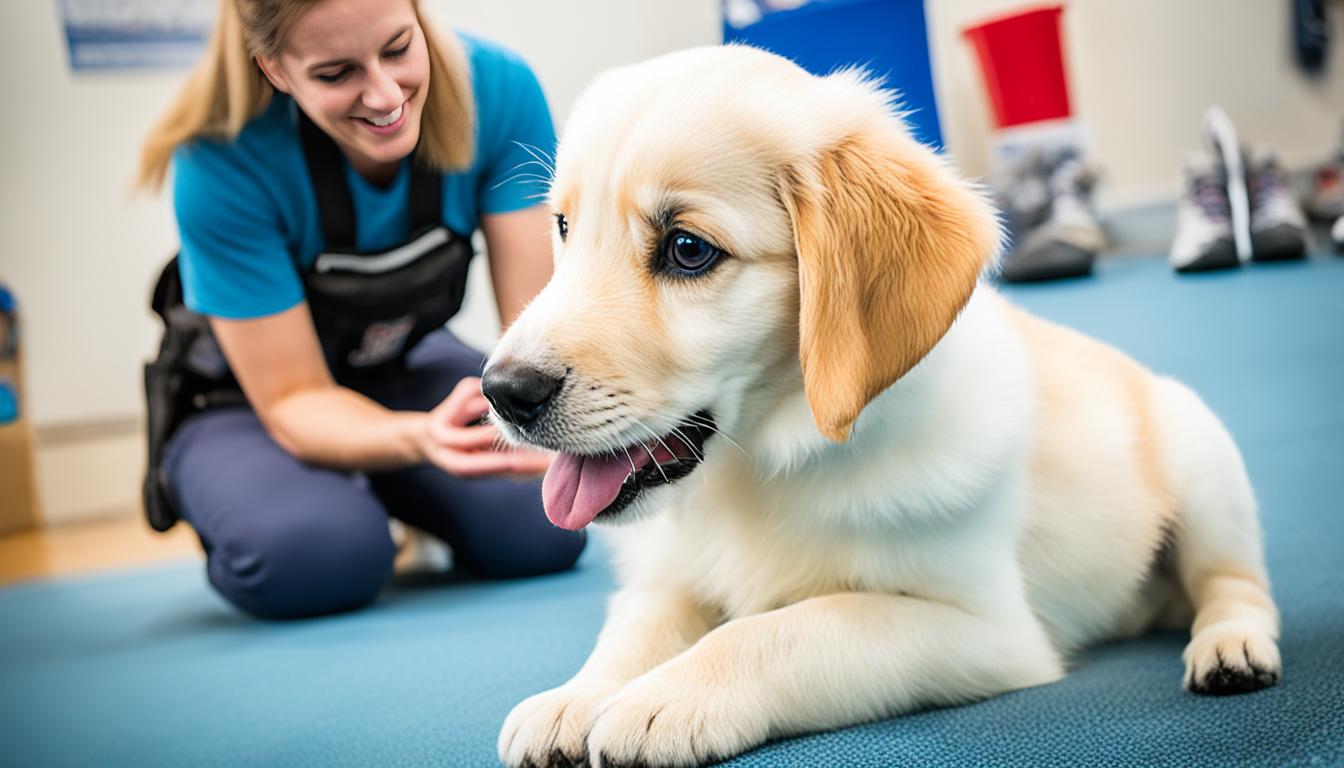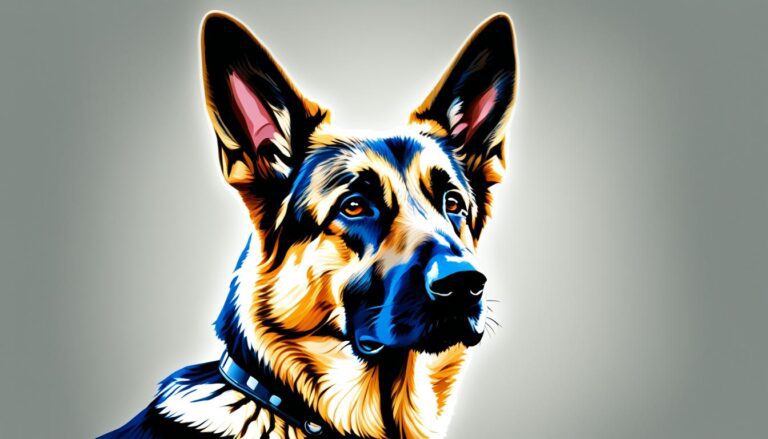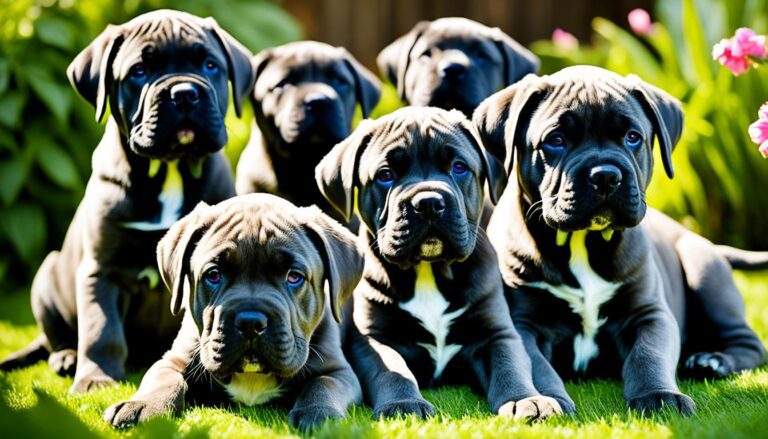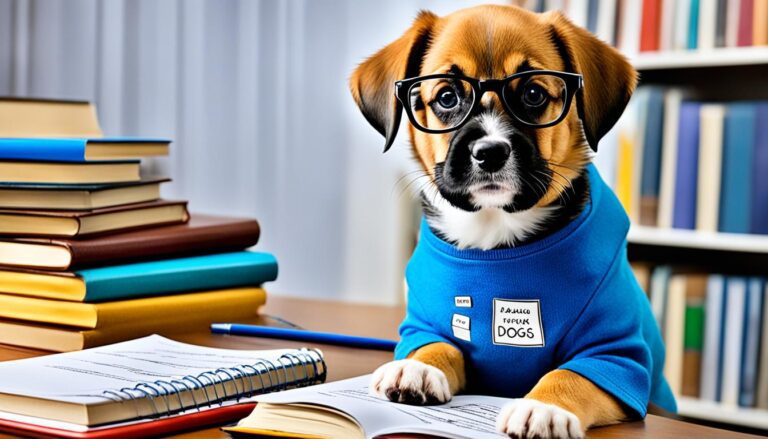Quiet Puppy Care Tips: Your Gentle Guide
When caring for a quiet puppy, it is important to understand their sensitive temperament. The breeding staff of Guide Dogs for the Blind has been working to produce dogs that are more handler-sensitive and easier to manage. However, this has resulted in puppies that are more sensitive in general, including sensitivity to the environment. These puppies may exhibit signs of stress such as wet mouth or drooling, panting, lowered body and tail, and whining/vocalizing. It is crucial to socialize these puppies slowly and positively to help build their confidence. By exposing them to novel situations in a controlled and comfortable manner, such as quiet areas or visits to friends’ homes, these puppies can become more at ease in new environments. It is also important to avoid overly stimulating situations and not to force the puppy to approach objects or situations it is afraid of. Proper socialization and handling techniques can help these sensitive puppies grow into confident and well-adjusted adult dogs.
Key Takeaways:
- Quiet puppies have a sensitive temperament and may exhibit signs of stress.
- Socialize quiet puppies slowly and positively to build their confidence.
- Expose them to novel situations in a controlled manner to help them adapt.
- Avoid overly stimulating situations and don’t force the puppy to confront fears.
- Proper socialization and handling techniques will help them grow into confident adult dogs.
Training Tips for a Calm and Gentle Pup
Training your quiet puppy to be calm and gentle when taking treats is an essential aspect of their overall development. It is crucial to create a calm and relaxed atmosphere during training sessions, choosing a quiet time and place to minimize distractions.
To teach your puppy to take treats gently, start by offering a treat in a closed fist. Only open your hand when the puppy stops biting and instead licks or nibbles on your hand. This teaches them the behavior you desire and encourages gentle actions.
Gradually introduce a cue word like “gentle” when your puppy exhibits the desired behavior. This helps them associate the word with the action and reinforces the calm and gentle behavior you want to establish.
As your puppy progresses, you can hold the treat between your thumb and another finger, providing a smaller target for them to focus on. Continue reinforcing the gentle behavior with the cue word, making sure to offer praise and rewards.
Using treats of increasing value can help keep your puppy engaged and motivated during training sessions. Make sure to gradually introduce distractions, such as other people or noises, to help your puppy generalize the calm and gentle behavior in various situations.
Consistency, patience, and positive reinforcement are key in training your quiet puppy. By providing a calm environment, clear expectations, and rewards for desired behavior, you can help your puppy develop into a well-behaved and gentle adult dog.
| Tips for Training a Calm and Gentle Puppy |
|---|
| Choose a quiet time and place for training sessions |
| Start by offering treats in a closed fist |
| Gradually introduce a cue word like “gentle” |
| Hold the treat between your thumb and another finger |
| Use treats of increasing value |
| Gradually introduce distractions to generalize the behavior |
| Be consistent, patient, and use positive reinforcement |
Tips for Raising a Calm Puppy
When it comes to raising a calm puppy, creating a tranquil environment is key. Start by providing your furry friend with a cozy crate or pet bed that mimics a mother dog’s warmth and even includes heartbeat sounds. This will help your puppy feel safe, secure, and ultimately, calm.
But it’s not just about the physical environment. Socialization plays a crucial role in shaping a calm and well-behaved puppy. Implement proper leash training from an early age and expose your pup to different people and animals. This exposure helps them become comfortable in various situations and minimizes the chances of behavioral issues later on.
In addition to socialization, anticipating and desensitizing your puppy to potentially exciting or scary situations can help them stay calm. Introduce them gradually to visitors at the door, loud noises, or any other triggers that may cause anxiety. By doing so, you’re empowering your pup with the tools to remain composed even in the face of unfamiliar or challenging circumstances.
Regular playtime and exercise are also essential for a calm puppy. Engage your pup in both physical and mental activities to help alleviate excess energy and promote a sense of tranquility. Remember, a tired puppy is a calm puppy!
As you navigate the journey of raising a calm puppy, it’s important to lead by example. Remain calm yourself and reward your puppy’s calm behavior. By doing this, you’re not only instilling positive behaviors but also shaping their overall demeanor.
With time, patience, and consistent training, you can raise a calm and well-adjusted adult dog who brings joy and peace to your life.
FAQ
How can I help my quiet puppy become more confident?
It is important to socialize your quiet puppy slowly and positively. Expose them to new environments in a controlled and comfortable manner, avoiding overly stimulating situations. Allow the puppy to approach objects or situations at their own pace, without forcing them. Proper socialization and handling techniques can help build their confidence.
How do I train my quiet puppy to take treats gently?
Create a calm atmosphere during training sessions and ensure your puppy is relaxed. Start by offering treats in a closed fist, only opening your hand when the puppy stops biting and licks or nibbles instead. Introduce a cue word like “gentle” and gradually hold the treat between your thumb and another finger. Use treats of increasing value and introduce distractions to help generalize the behavior.
What can I do to raise a calm puppy?
Create a tranquil environment for your puppy with a cozy crate or pet bed. Proper leash training and early exposure to different people and animals are important. Anticipate and desensitize your puppy to potentially exciting or scary situations. Engage in regular playtime and exercise to alleviate excess energy. Lead by example, remain calm, and reward calm behavior. Consistency, patience, and positive reinforcement are key in raising a calm and well-adjusted adult dog.







